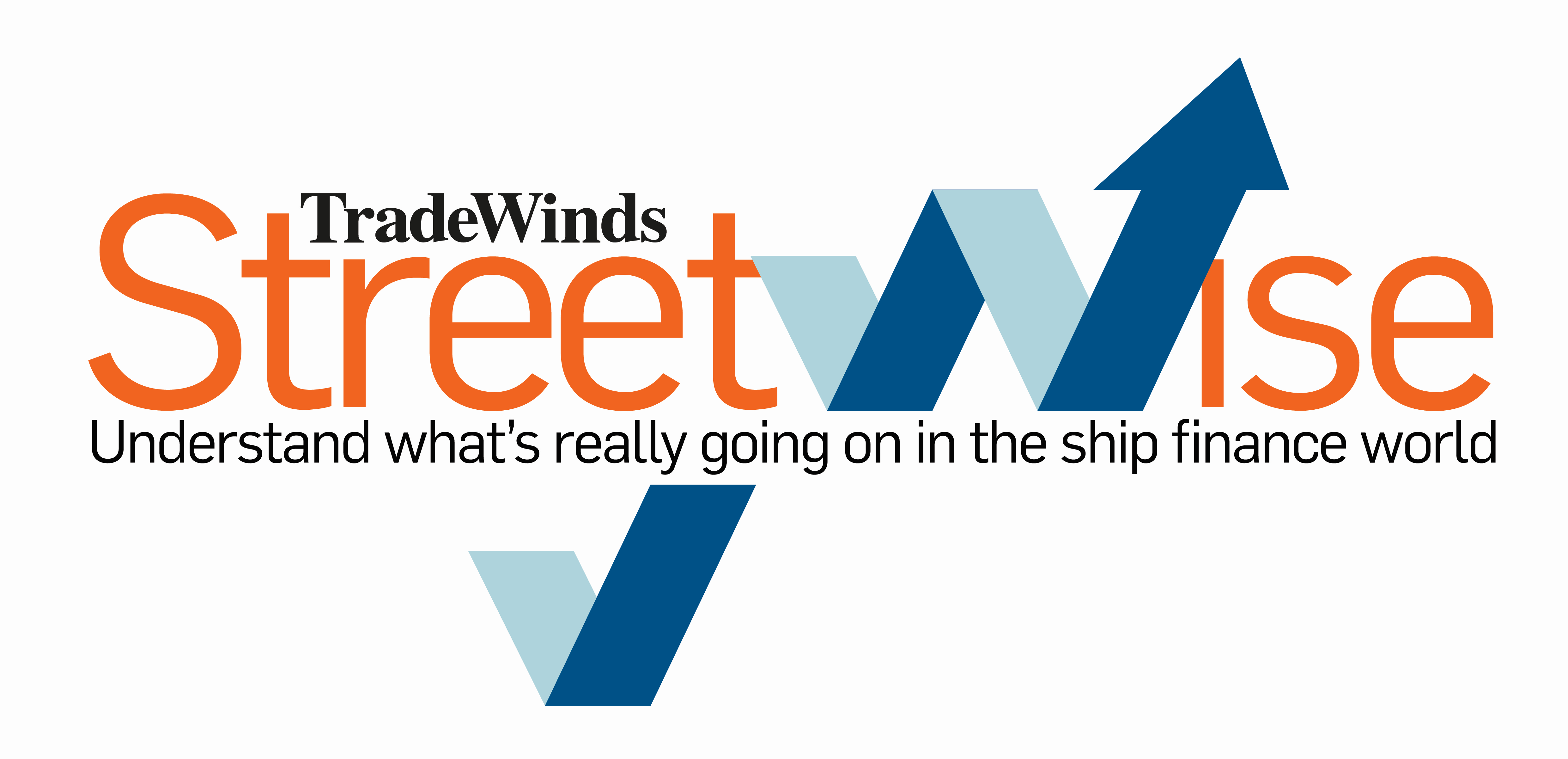As the dry bulk market looks for direction heading into 2025, one oft-told pep talk has often been commentary from management teams, bankers and equity analysts has been the “supply story”.
That is, demand may be uncertain — while China, for example, may be up or down, in or out — but one thing that should help owners and investors sleep well is that vessel supply remains constrained.
Not fantastic
Well, not so fast, says one man who knows the dry bulk market better than most: C Transport Maritime chief executive John Michael Radziwill.
Radziwill, whose Oslo-listed GoodBulk sold off its entire fleet between 2021 and 2023, isn’t necessarily a believer in the supply thesis. And if it’s disproven, it may be an opportunity to him to take in some more ships, he said.
“There’s a lot of talk about how the dry bulk orderbook is so low. I tend to disagree with that,” Radziwill told Seward & Kissel partner Kurt Plankl in an on-stage interview Thursday at Marine Money’s annual New York finance forum.
While Radziwill concedes there’s a case to be made for capesizes, it doesn’t extend down the scale to other bulker classes, he argued.
“Panamaxes are at 14% of the orderbook, supramaxes are at 11% or 12% and handysizes about the same. I don’t think the supply side is so fantastic,” Radziwill said.
“We’re looking at a pink flamingo. It’s not a black swan that hit you by surprise. It’s something that you keep walking into and you just don’t want to admit.”
Radziwill is also puzzled by observers waiting for China to come to the rescue of the demand story. The Asian nation has produced sharp increases this year in both iron ore and coal imports.

“I’m not sure what everyone is waiting for with China. They’re doing their job as far as commodity imports go,” he said.
“You’ve got not-great rates and supply keeps increasing. There could be an opportunities to buy cheap assets again in the dry bulk space, and we will be ready if they are.”



